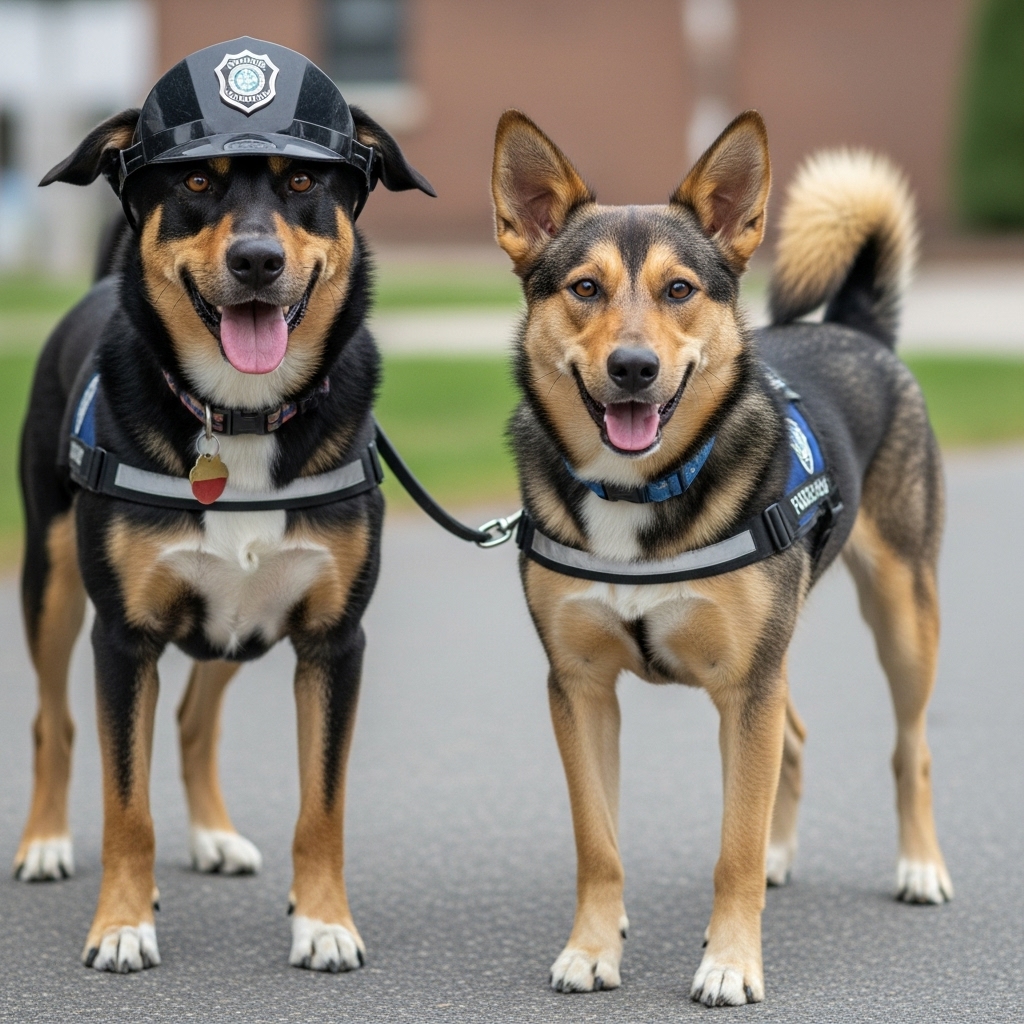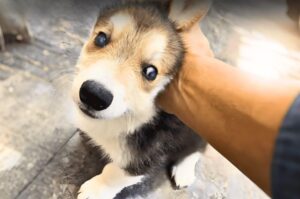Dogs may be known for their wagging tails and goofy smiles, but beneath the charm is a remarkable work ethic. For centuries, dogs have partnered with people in jobs that rely on their powerful senses, loyal dispositions, and quick learning abilities. Today, they continue to contribute across fields as varied as public safety, environmental science, and even culinary exploration. Here are ten impressive careers dogs can proudly list on their resumes.
Discover 10 fascinating Real Jobs Dogs Perform Better Than Humans—from search and rescue to truffle hunting—and learn how their instincts and skills help humans every day.
1. Search & Rescue Specialists

A dog’s nose is a finely tuned instrument—up to tens of thousands of times more sensitive than a human’s. This incredible scenting ability makes them indispensable in search and rescue missions. Whether trailing a missing hiker or locating survivors after a natural disaster, trained dogs can detect human scent in the air or on the ground.
Labrador retrievers, golden retrievers, and border collies often take the lead in this line of work thanks to their agility, intelligence, and stamina.
2. Professional Detectors

Detection work is one of the fastest-growing fields for working dogs. They can identify drugs, explosives, firearms, and even hidden electronics. Their skills don’t end with security—medical detection dogs have demonstrated remarkable accuracy in detecting illnesses, including certain cancers and infectious diseases.
One study even demonstrated that trained dogs could identify COVID-19–positive individuals with about 97% accuracy using sweat samples. German Shepherds, Beagles, Spaniels, and Labradors excel in these Real Jobs Dogs Perform Better Than Humans.
3. Dedicated Service Companions
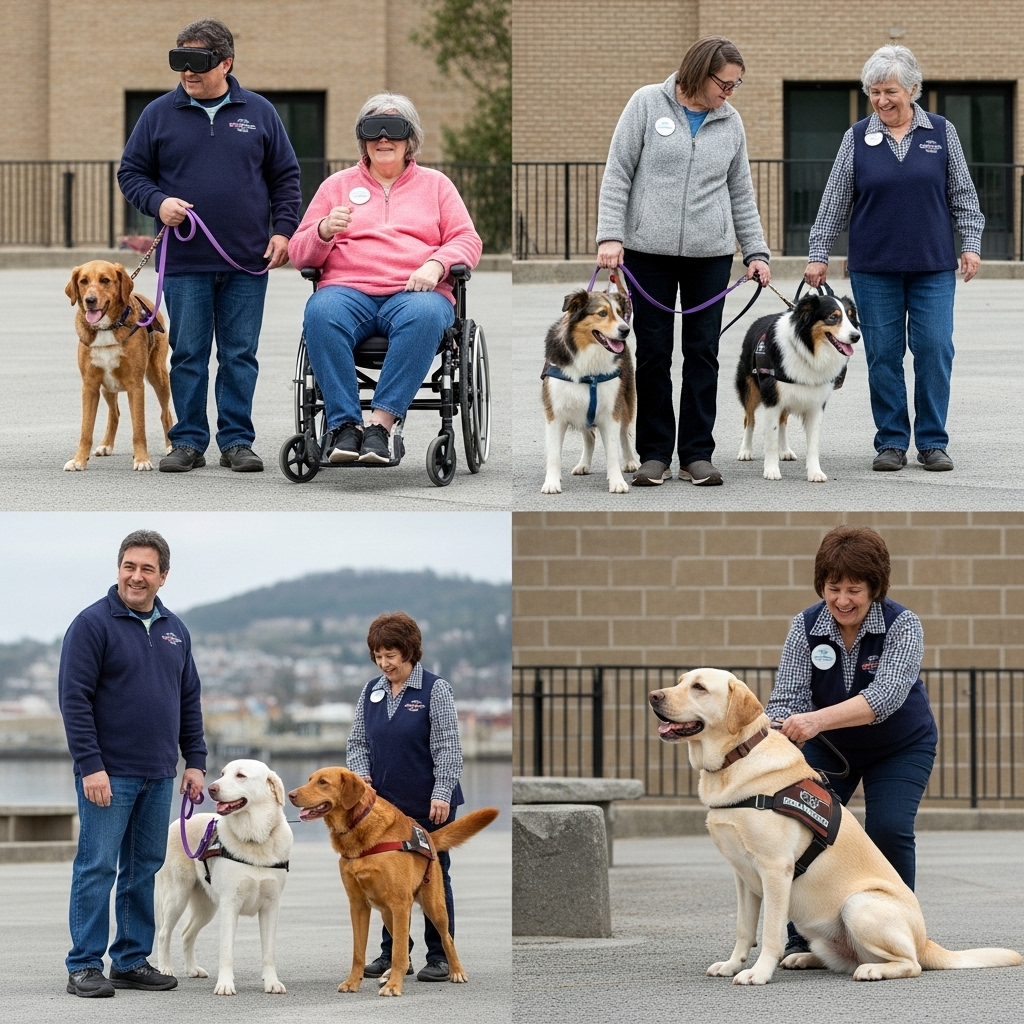
For many people with disabilities, a trained service dog is not just a helper but a lifeline. Service dogs assist individuals with vision loss, hearing impairments, and mobility challenges. Others are trained to detect medical issues such as low blood sugar, impending seizures, or dangerous allergens.
Breeds like poodles, collies, retrievers, and Labradors are common choices because of their trainability and calm temperaments.
4. Therapy Dogs Bringing Comfort

While service dogs focus on individual tasks, therapy dogs provide emotional support to groups in hospitals, schools, retirement homes, and even correctional facilities. Just a few minutes with a gentle, friendly dog can help lower stress, reduce loneliness, and elevate mood.
Any breed can become a successful therapy dog—it all comes down to temperament: patient, affectionate, and steady around unpredictable environments.
5. Truffle-Hunting Experts
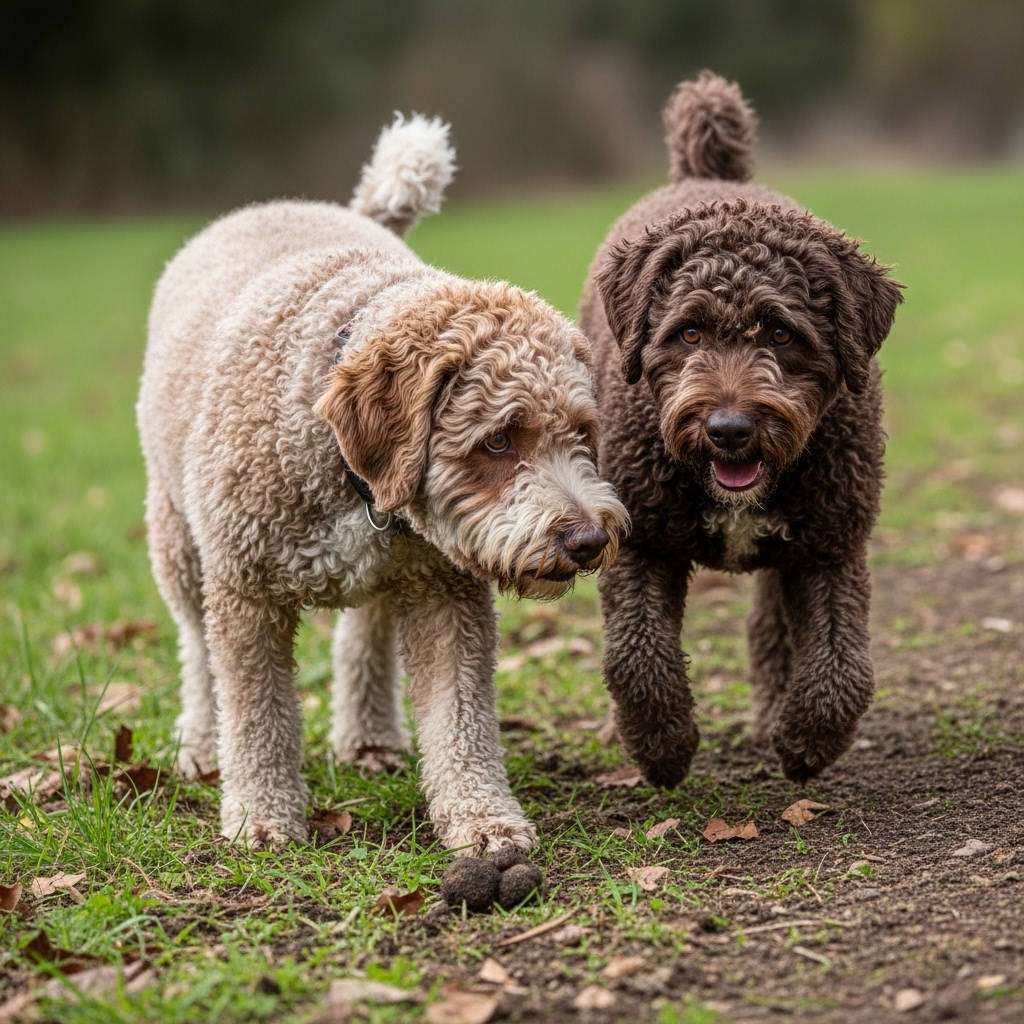
Some dogs have a nose not just for work, but for gourmet treasures. Truffles, the highly prized fungi used in high-end cooking, grow underground and can be exceptionally difficult for humans to locate. Historically, pigs were used for this delicacy, but they tended to feast on their finds.
Enter the Lagotto Romagnolo, a curly-coated Italian breed famous for its truffle-hunting prowess. While many dogs can be trained for the job, Lagotti remain the gold standard.
6. Orca Conservation Trackers
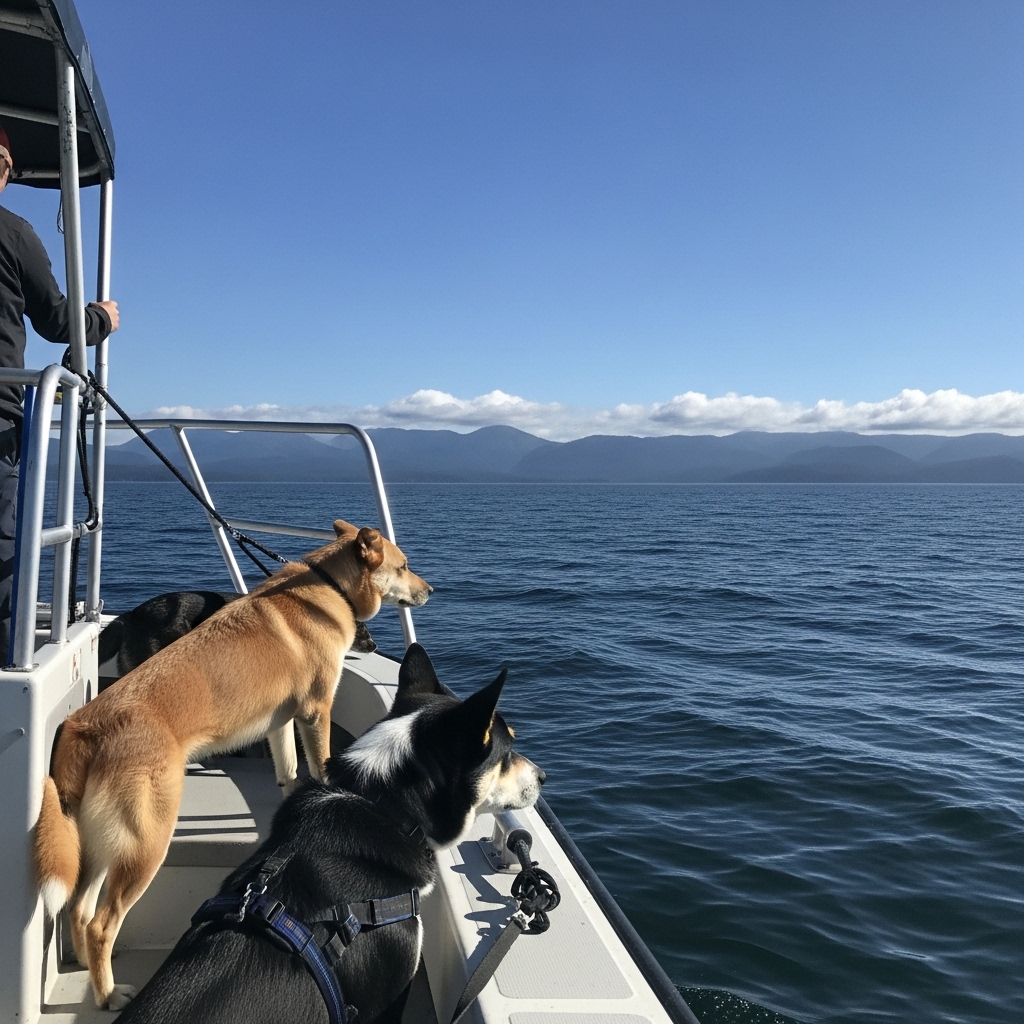
In a unique partnership between dogs and marine science, trained pups help researchers study endangered killer whales. At the University of Washington’s Centre for Conservation Biology, dogs ride on boats and use their extraordinary sense of smell to detect whale scat over open water—sometimes from more than a mile away.
This biological goldmine provides information on stress, diet, and overall health, aiding conservation efforts for the struggling Southern Resident orca population.
7. Historic Milk Cart Pullers

Long before refrigerated trucks and grocery stores existed, dogs played a surprising role in delivering dairy. In regions such as France, Belgium, Germany, and the Netherlands, dogs once pulled small milk carts to local markets. Their reliability, strength, and friendly nature made them ideal delivery partners—and they probably earned extra attention along their routes.
8. Firehouse Helpers and Mascots
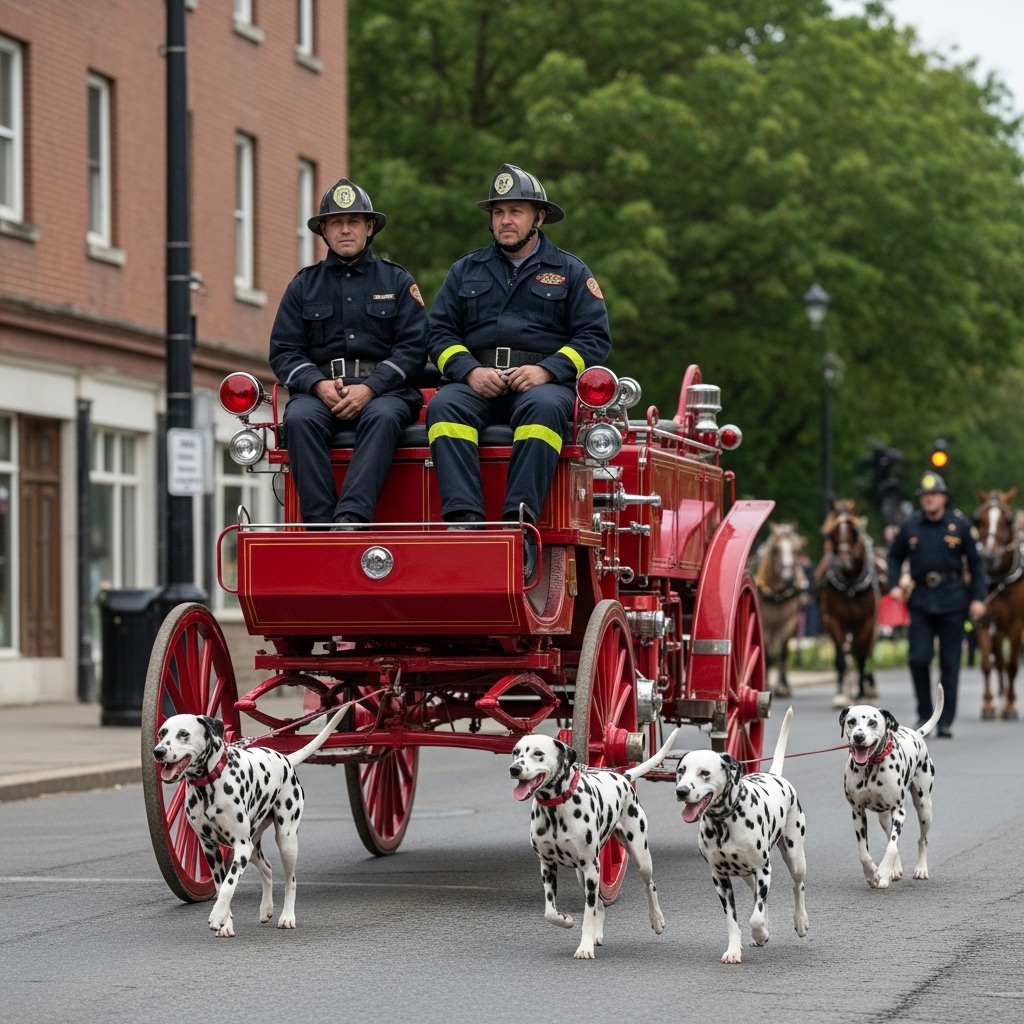
Today, Dalmatians are most often seen riding along in parades or posing for firehouse calendars, but their roots in firefighting go much deeper. Before motorized engines, fire crews used horse-drawn carriages, and Dalmatians ran alongside them to clear the roads and guard equipment.
Their energy, loyalty, and speed made them the perfect firefighting companions. Though the job has changed, the tradition carries on, and Dalmatians remain beloved symbols of fire departments.
9. Koala Rescue Partners
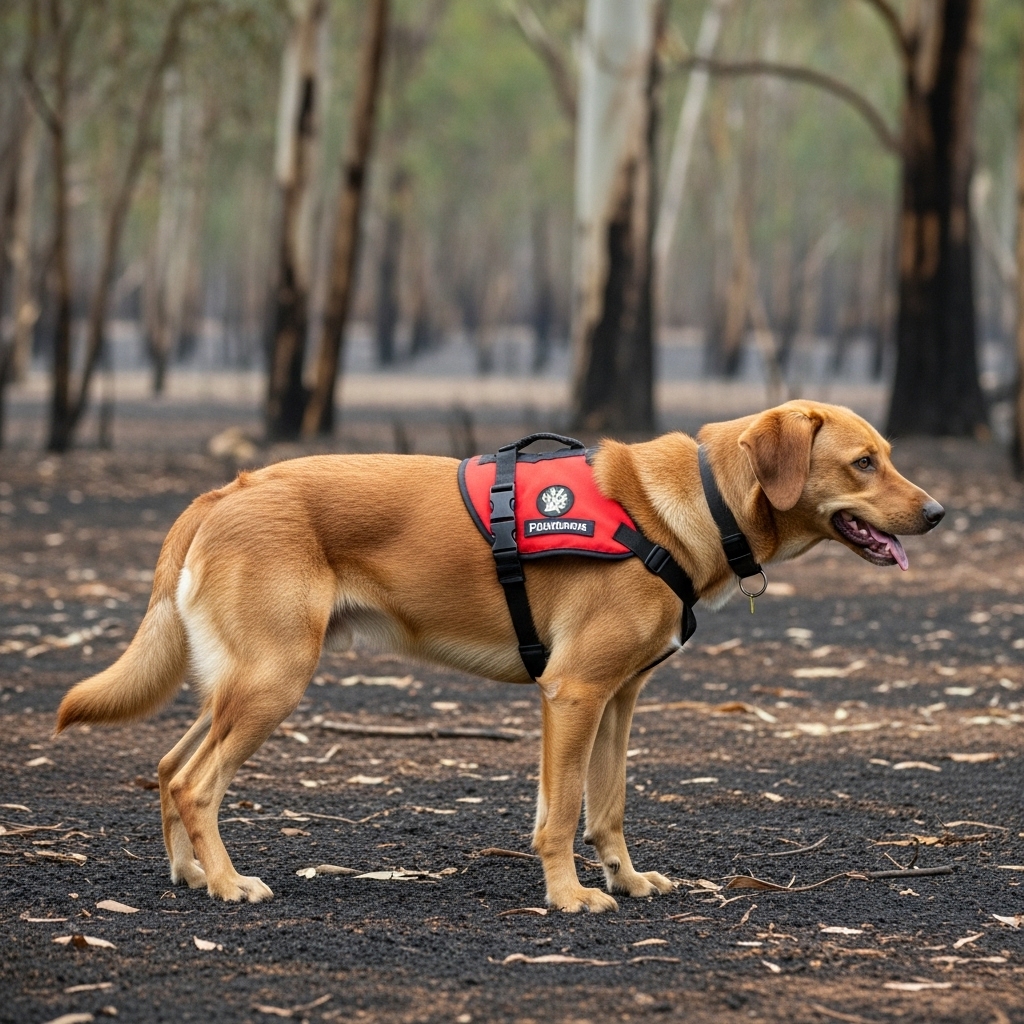
During Australia’s devastating 2019–2020 bushfires, wildlife rescuers turned to a dog named Bear, explicitly trained to locate koalas by scent. While humans struggled to find the camouflaged marsupials in burned landscapes, Bear’s tracking skills saved more than 100 koalas affected by the fires.
His work showcased how crucial dogs can be in wildlife rescue during environmental crises.
10. Lifeguards on Duty
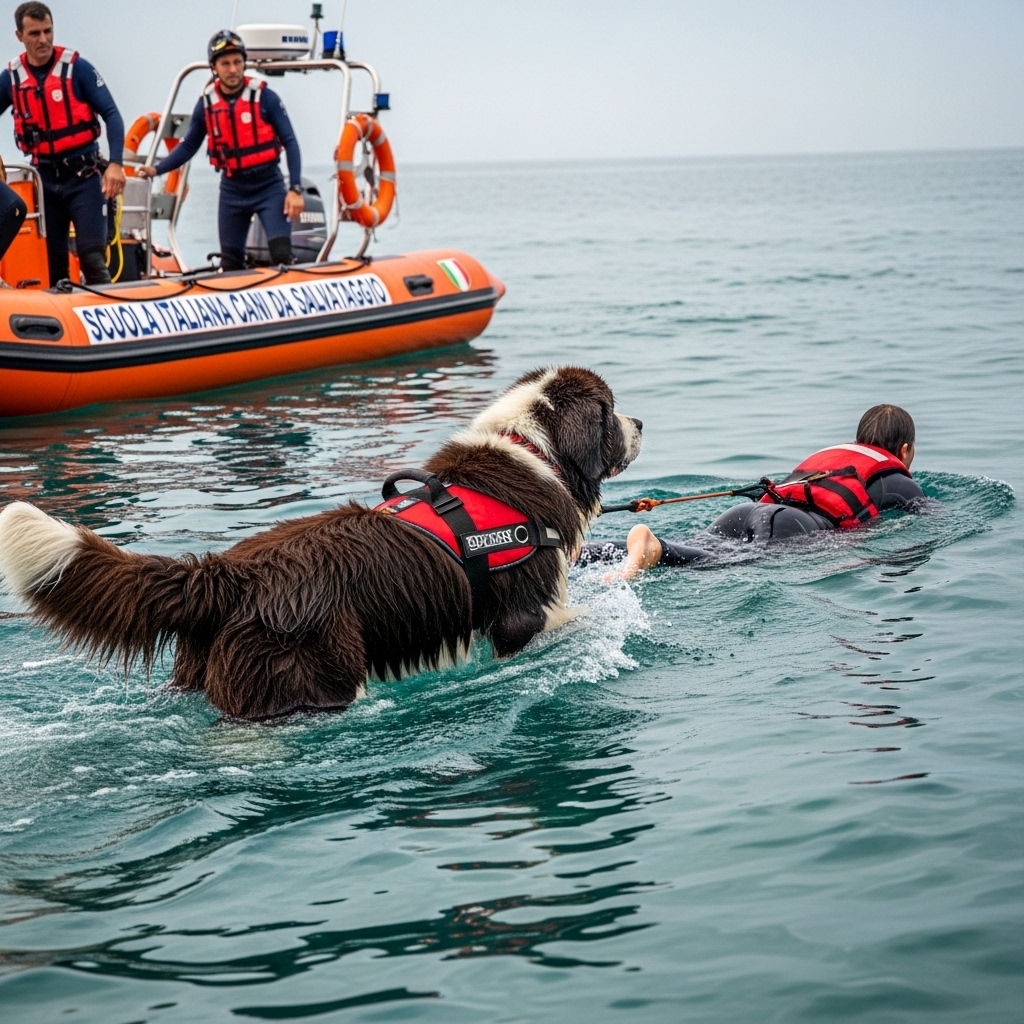
Newfoundlands are natural-born swimmers with thick, water-resistant coats and incredible strength. Historically used by sailors, they now serve in water-rescue roles around the world. Organizations like Italy’s School of Rescue Dogs train volunteer pups to pull struggling swimmers to shore or assist lifeboat operations.
These canine lifeguards are estimated to help save dozens of lives each year.


